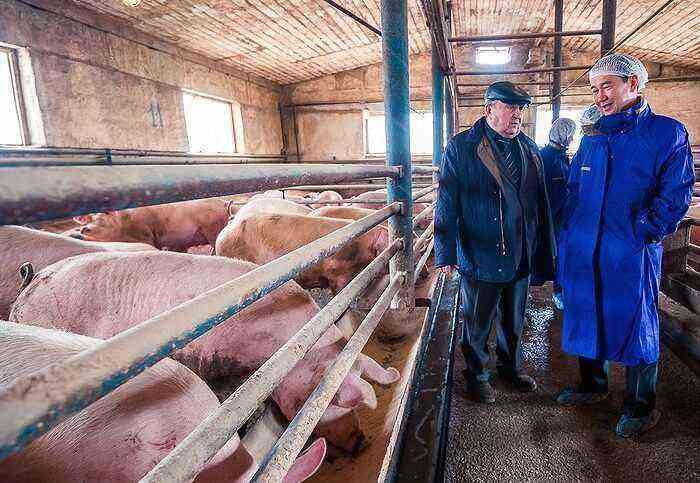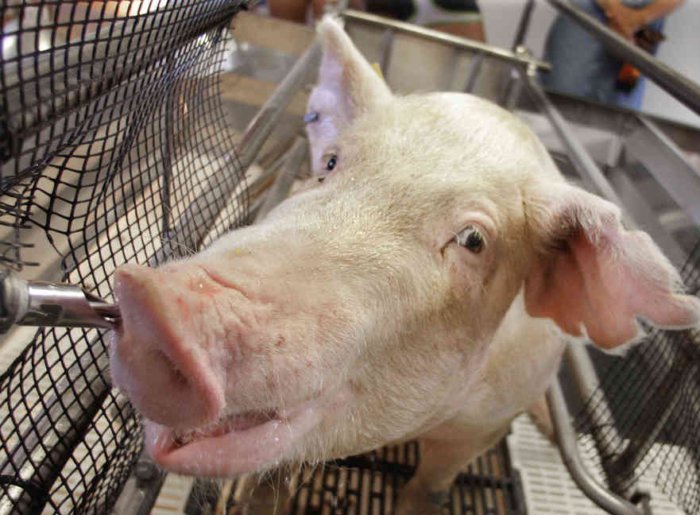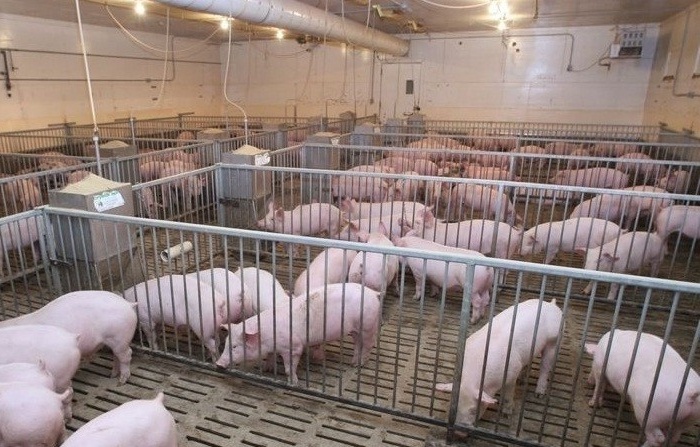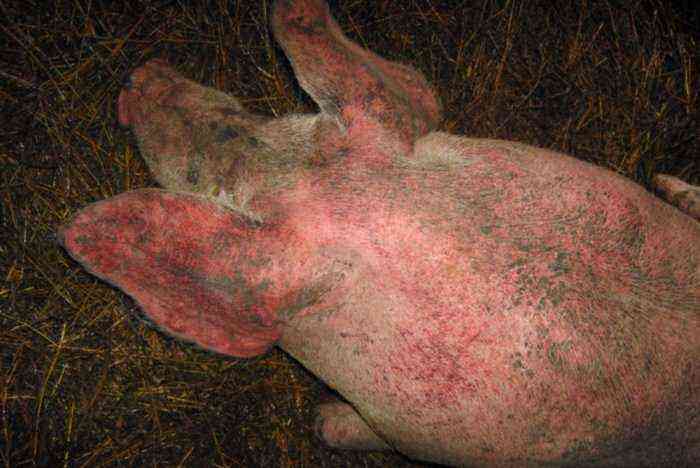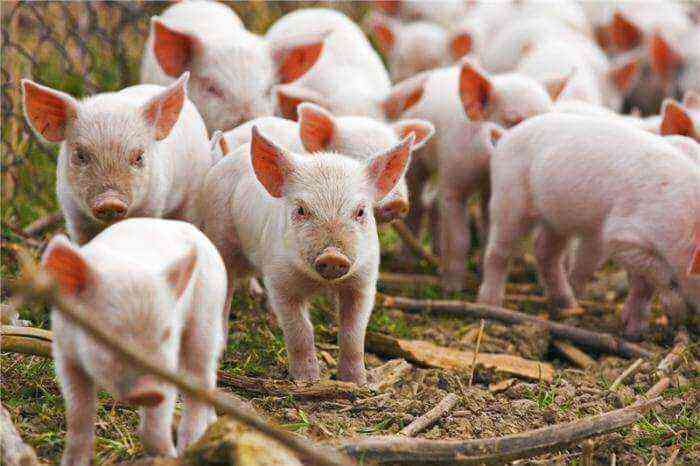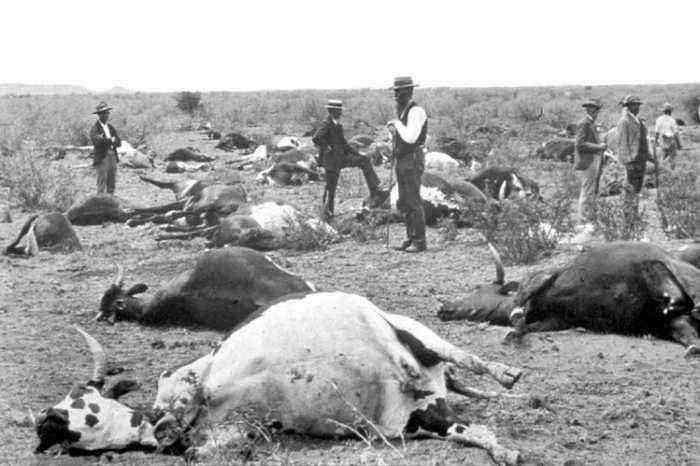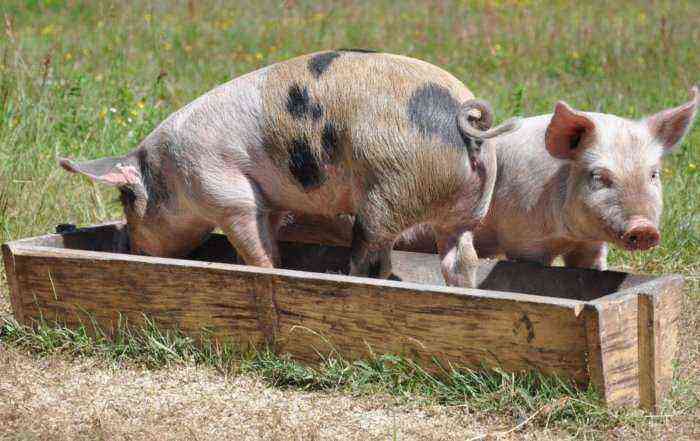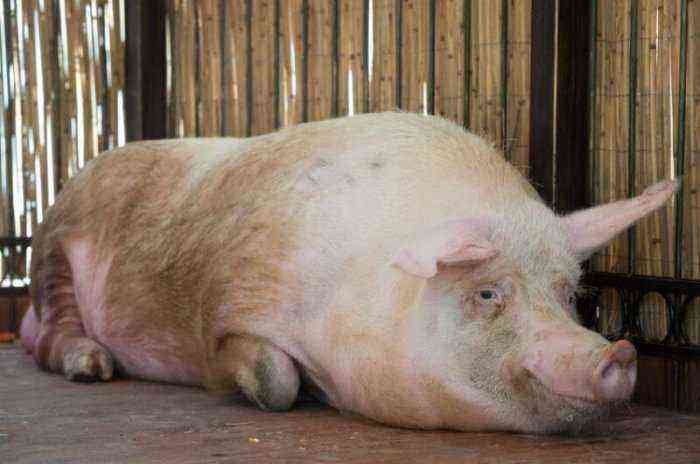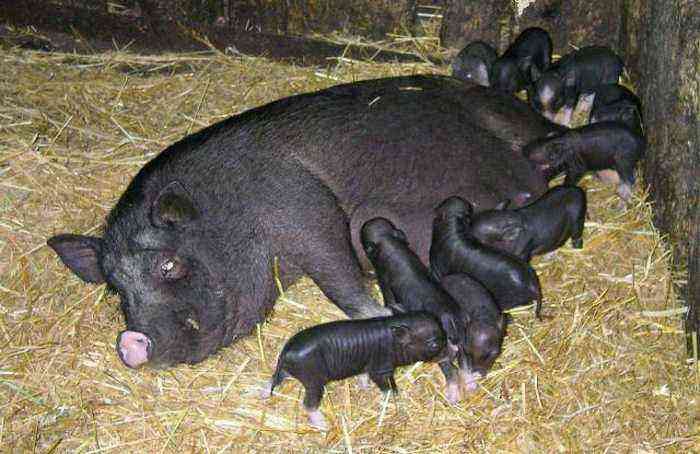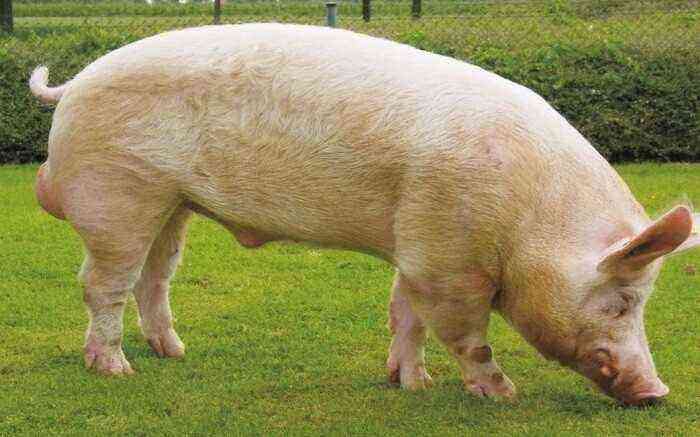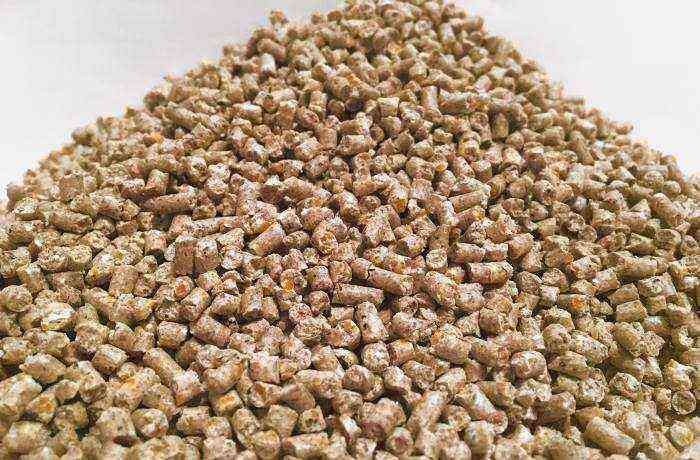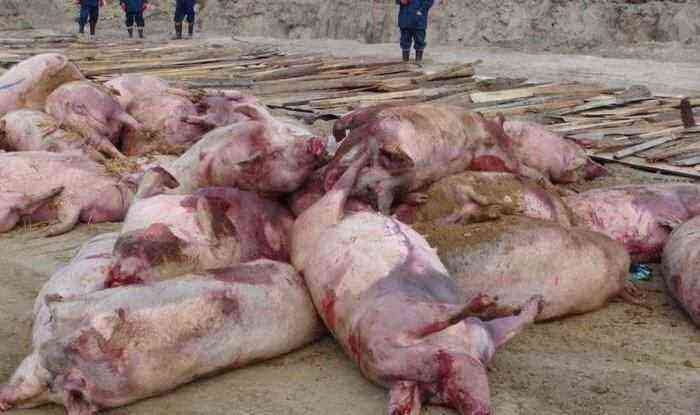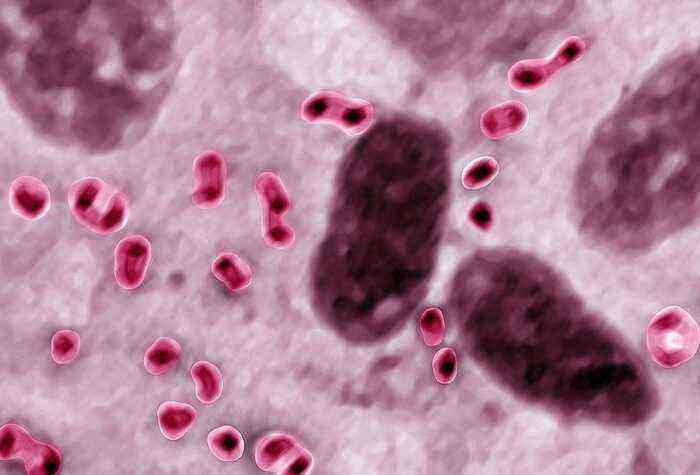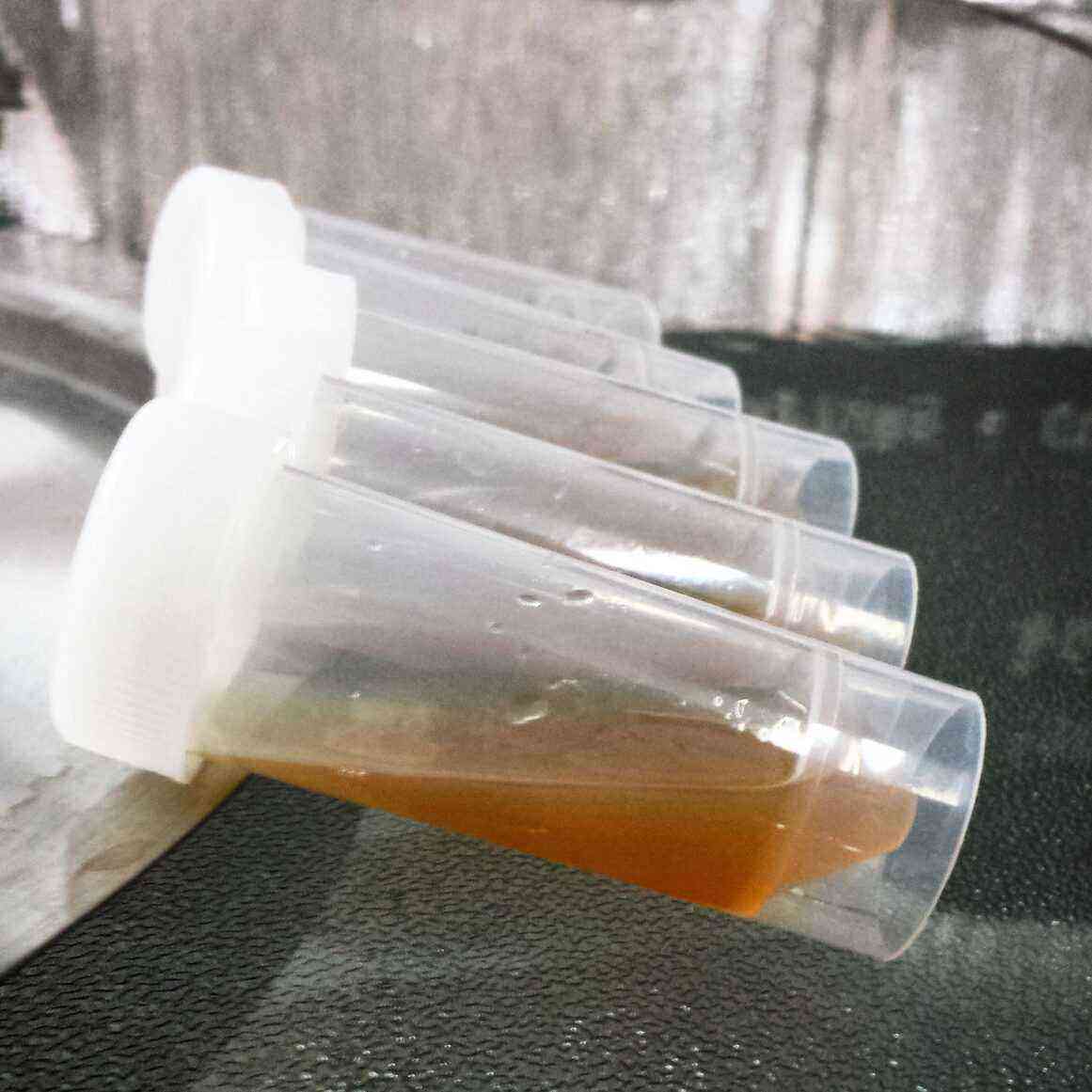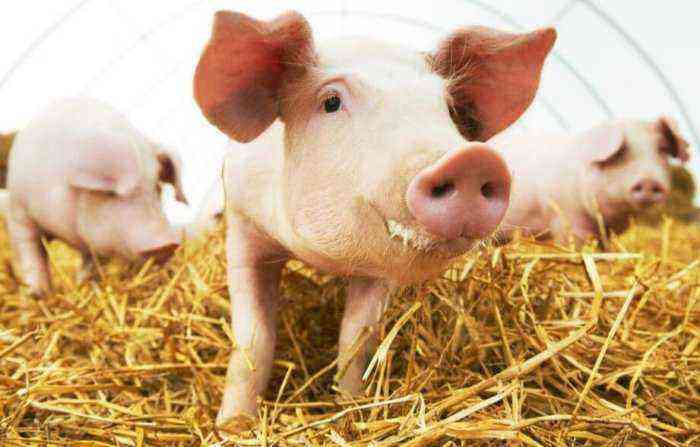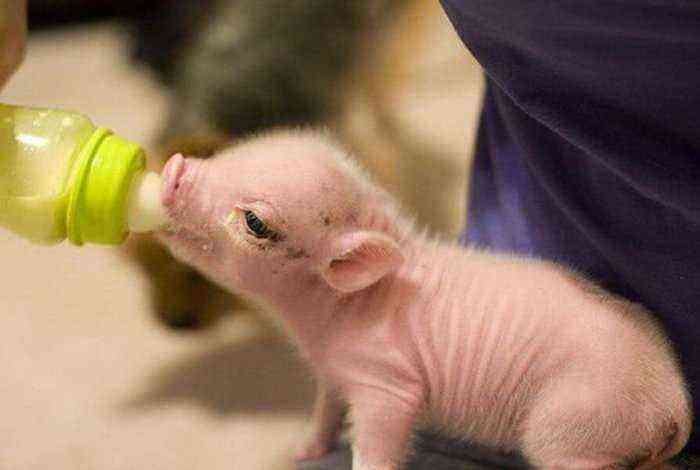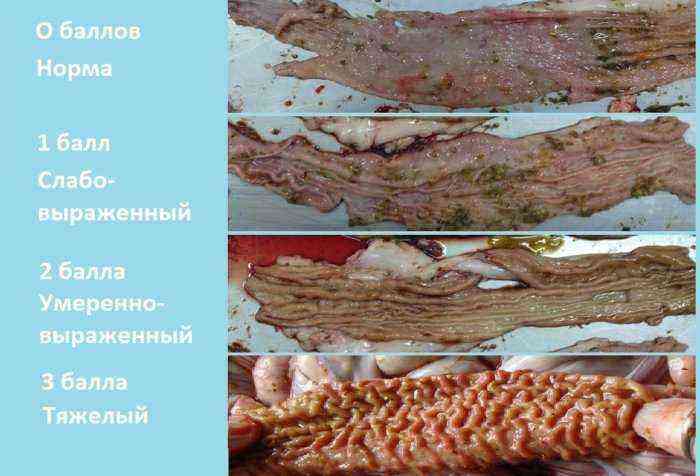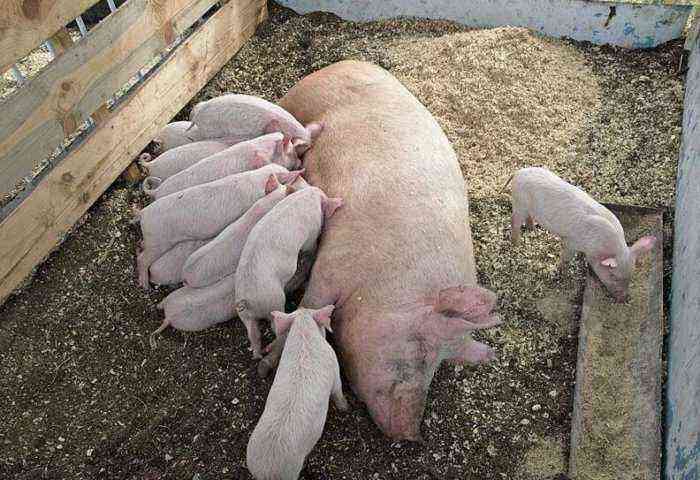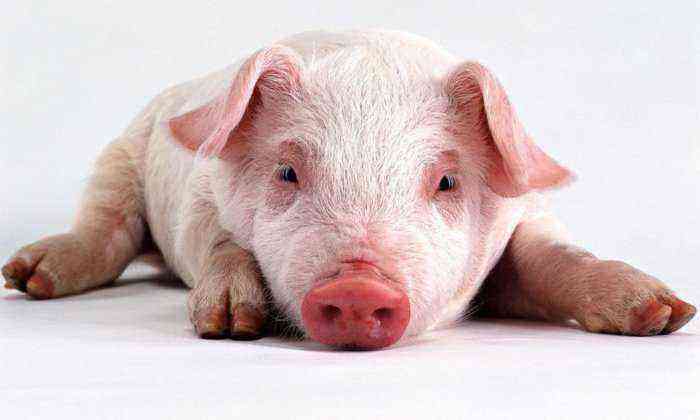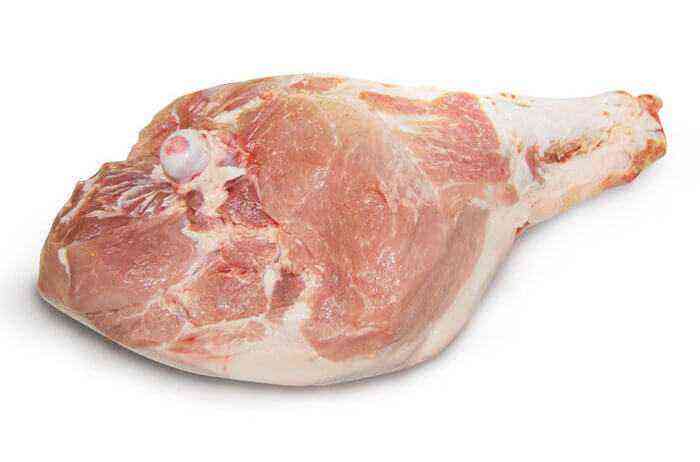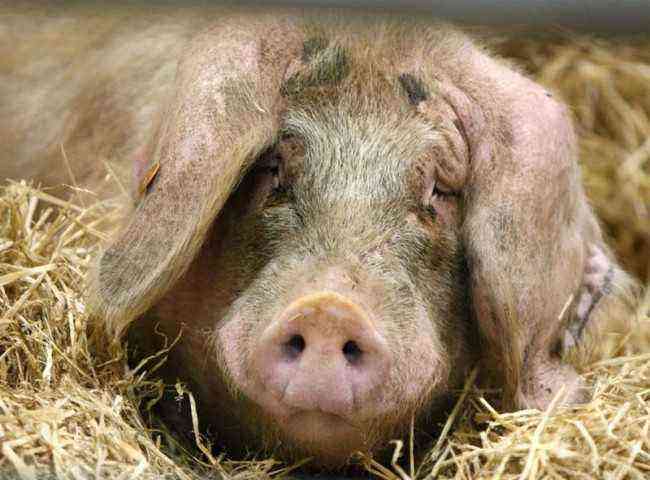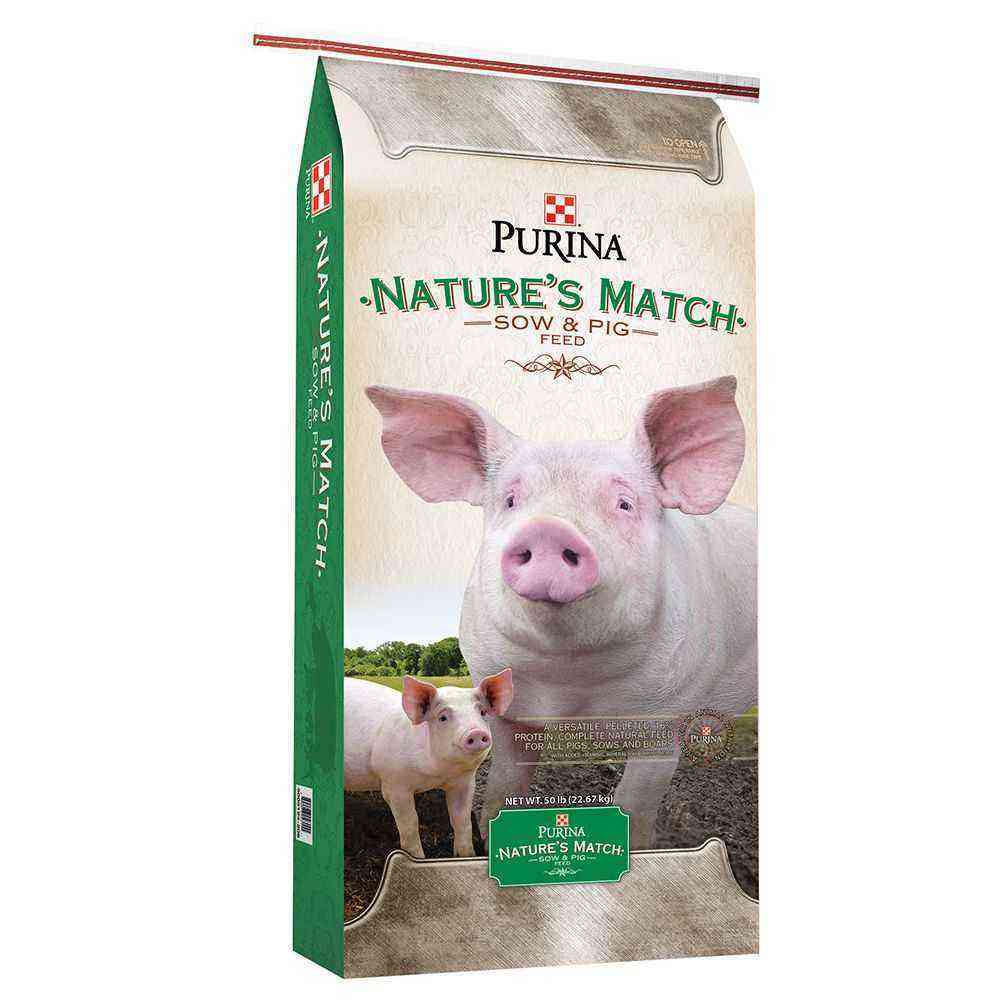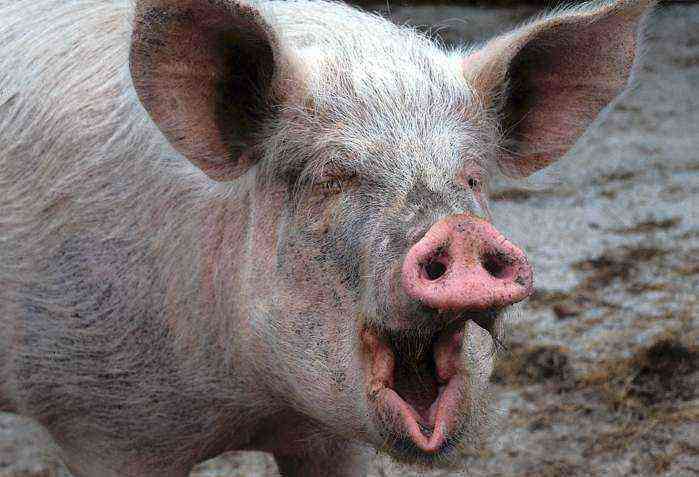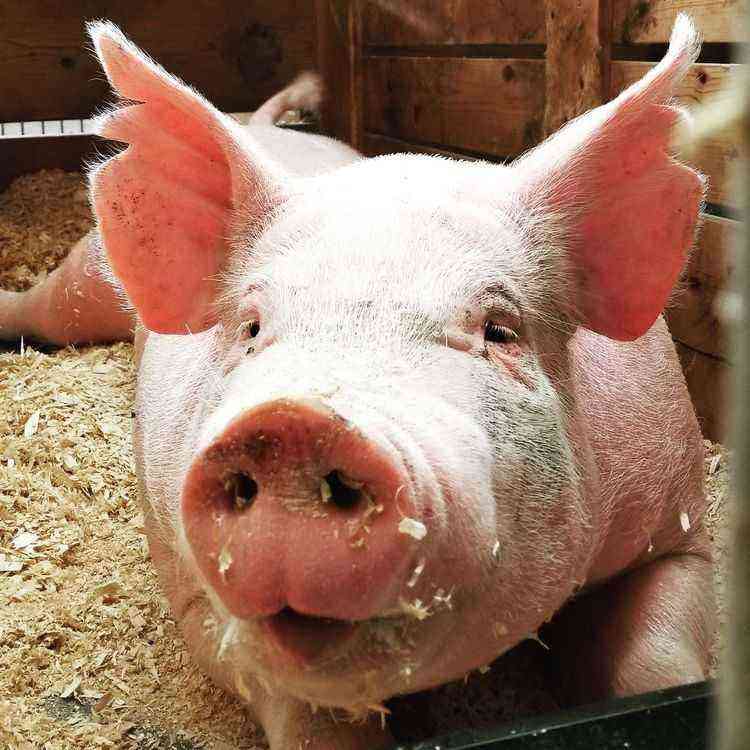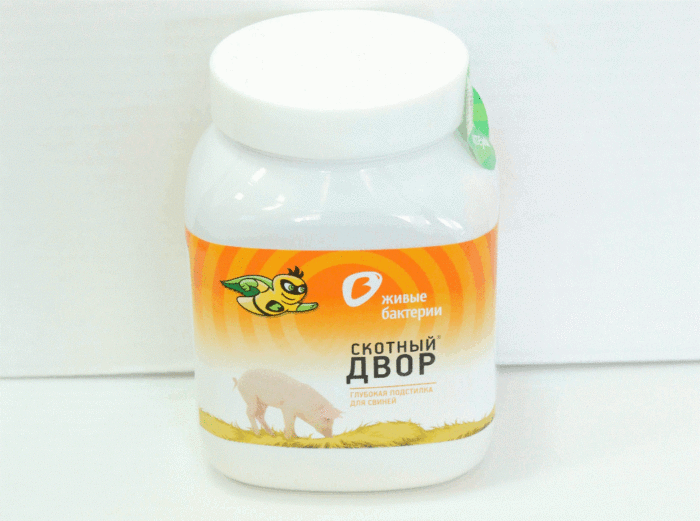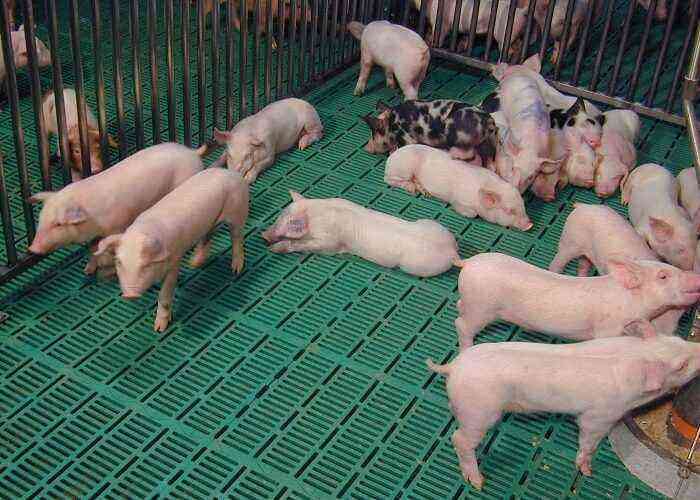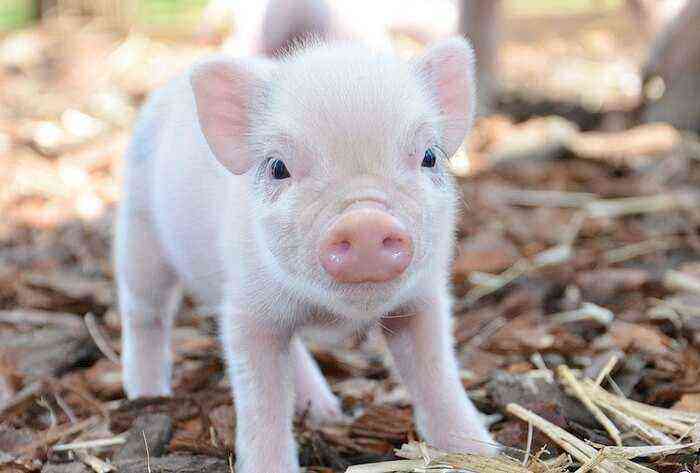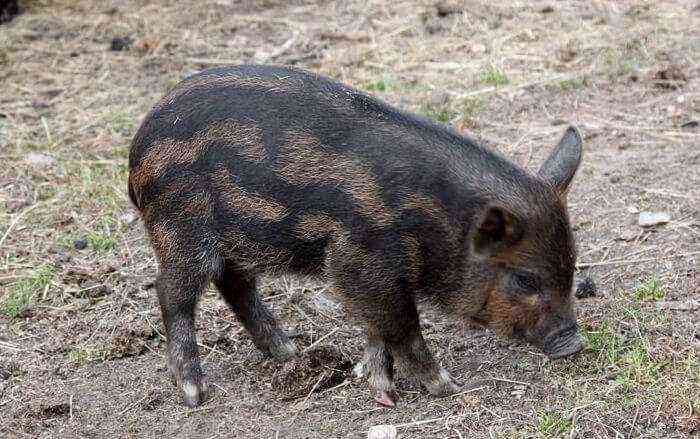Keeping pigs at home is a great way to provide your family with quality fresh meat. In addition, the sale of pork and bacon can be a solid help for the household budget. But, it is worth noting that in the course of such activities it is extremely important to take into account the basic veterinary rules for keeping pigs. If you ignore them, the risk of animal diseases increases significantly, in addition, only if they are observed, you can get permission to sell meat products.
Keeping pigs at home
Requirements for keeping conditions in open-type farms
It should be noted right away that the basic rules for keeping pigs at home in private farms are regulated by legislative acts. They describe in detail the important points of breeding, reproduction, caring for pigs, as well as the rules for the sale of the resulting products. Among them, Decree of the Ministry of Agriculture No. 114 stands out. The main provisions of this regulatory act on open-type farms say:
- You can not build buildings and pastures for breeding pigs in places of mass burial of livestock.
- Walking pigs must be carried out in covered pens or indoors. At the same time, a fence must be installed around the perimeter of the entire territory of the farm. It should prevent the escape of bred animals and the penetration of wild ones.
- If the place of animal breeding is the private sector, it is mandatory to observe the minimum distances from the barn to the cordon with the neighboring plot. For an open farm with 5 pigs, this distance is 10 m. In the case of an increase in the number of home farms to 8 animals, this increases to 20 m.
- It is necessary to strictly observe the minimum area for each animal and calculate the size of the territory and all buildings depending on the size and composition of the herd. These norms are given in additions to the decree.
- In all buildings where pigs are kept, natural ventilation must be implemented, supplemented by a forced supply and exhaust.
- Walls, floors and partitions between machines should be made of moisture-resistant materials. In addition, they must be strong enough so that they are not destroyed by the animals themselves, and also not damaged by disinfecting compounds during periodic disinfections.
- Only dry material is used as bedding without signs of mold, rotting and the consequences of other negative influences.
- At the entrance doors to the pigsty, a disinfectant mat soaked in antiseptic agents must be placed on the floor. It should be wide enough to cover the entire passage. Such a measure will prevent infection on the shoes from getting inside.
- Periodic disinfection and extermination of rodents are carried out annually in accordance with a well-defined plan. If during the inspection traces of the activity of rodents or harmful insects, signs of infection of the premises were revealed, disinfection can be repeated at any time.
- All feed used in the process of breeding pigs must comply with accepted standards. If the diet includes food waste, they are pre-boiled for half an hour.
- All the number of pigs on the farm is identified in the manner specified in the legislation. When purchasing animals from other farms, they must be accompanied by accompanying documentation that indicates the well-being of the farm in terms of various infectious diseases.
- During cleanings, all manure is collected at a specially designated area of the farm, where it undergoes thermal disinfection.
Reference. The decree notes that the disposal of dead animals, as well as various biological waste, is carried out in accordance with the procedure prescribed by the veterinary legislation of the Russian Federation.
Sanitary standards
In addition to the points listed above, the breeder must also adhere to basic sanitary standards that are designed to ensure the health of animals. These standards include:
The working suit must be cleaned of dirt and manure
- Allocation of one or more sets of shoes and clothing for use solely for the maintenance of the herd. The work suit should be cleaned of dirt and manure after each session in the barn, and disinfected to prevent the transmission of infection. Moreover, such clothing is used exclusively in the premises of the herd and is not taken out of them unnecessarily.
- Restrictions on access to pigs for all persons who do not take part in their service.
- Regular disinfection measures. Held at least once a year. Such activities include whitewashing the walls and partitions between the machines with lime, as well as disinfecting the entire volume of the room, tools and feeders with disinfectants. For boars, disinfection is carried out more often, at least once a month. At the end of the treatment, the compositions are given about 5 days for complete absorption, after which the animals are started again.
- Permanent access to water. Pigs should only be fed drinking water. If this norm is not observed, pathogens of various diseases can enter the body of livestock along with untested drinking. This applies to both natural polluted reservoirs and water towers in which water can bloom.
- Regular cleaning of enclosures and rooms. Such activities involve the removal of manure, dirt and food residues throughout the herd. If the livestock building provides for the natural removal of manure masses, cleaning is carried out as the machines become dirty. If such a system is not implemented, cleaning is carried out every 1-2 days.
- Cleaning and disinfection of food storage areas. This procedure is also carried out periodically. To do this, all food is temporarily transferred, and the room is thoroughly cleaned, after which it is treated with the selected disinfectant.
- If there are automatic feed and water supply systems, their chutes and bins are also periodically cleaned. Feed conveyors are washed daily.
- The slaughter of animals for the purpose of selling meat products must be carried out in specialized slaughterhouses. When growing a pig at home for the purpose of eating pork, it is allowed to slaughter and butcher it in a specially designated area of uXNUMXbuXNUMXbthe farm. At the same time, it should be sufficiently removed from the pigsty and from the manure storage.
- Mandatory vaccination and periodic inspections of livestock by a veterinarian. The type of vaccine is selected based on the general situation in the region and the diseases prevailing in it.
On the territory allocated for keeping pigs, a separate area (room) for quarantine should also be determined. All newly arrived individuals are placed in it for a period of 30 days to check their condition and vaccinate. Also, those representatives of the herd who show signs of any disease are placed in the quarantine zone. If there is sufficient space, a separate maternity ward can also be allocated, in which sows will be sowed and piglets will grow at first.
The microclimate in the rooms deserves special attention. Pigs are quite sensitive to cold and drafts, so when organizing a barn, you should take care of the following parameters:
- Temperature. For adult animals, it should not fall below 12 degrees, even in severe winter frosts. For young animals, this figure is 18-22 degrees.
- Air humidity. Pigs feel and develop best at a humidity of 70%. If this parameter rises above 85%, the likelihood of developing diseases increases significantly.
- The speed of movement of air masses. It should not exceed 0,7 m/s. If the ventilation provides more air movement, the pigs can be blown out.
Reference. If sanitary standards for keeping animals are not taken into account, pigs can experience a sharp decrease in weight gain, developmental delays, and the appearance of various infectious diseases.
Pig Quarantine Measures
The rules for keeping adult pigs and young animals also require strict adherence to the procedure for determining animals for quarantine. This procedure is carried out mainly for animals that are imported from other farms or exported to other farms. Under quarantine, a separate room is determined to exclude any contact of newly arrived individuals with the livestock that is already kept on the farm. The minimum quarantine period is 1 month. During this time, most infections, if present, already have time to manifest themselves.
Piglet in quarantine
While the animal is in quarantine, it is examined for diseases, its general health is diagnosed, and it is vaccinated. All activities are carried out in accordance with a predetermined clear plan.
If during quarantine the pig still showed clinical signs of an infectious disease, the breeder should immediately contact the veterinary department. This will prevent the spread of the disease in time.
In addition to newly arrived animals, already present animals that have shown symptoms of infectious diseases or atypical changes in behavior and general condition are also subject to quarantine. In this case, immediately after isolation of the pig, a veterinarian is called for a more accurate diagnosis. In a place intended for quarantine, the sanitary regime is observed especially clearly.
How many pigs can be kept in a private house?
The number of pigs that can be kept in a private home without paying taxes and without penalties for the breeder is not precisely regulated by law. Moreover, for each region of the Russian Federation, even existing standards may differ in the indicated values. The best option for determining the number of heads for home keeping is the distance from the walls of the room in which the animals are bred to the border with the neighboring plot.
These norms are determined at the state level. Legislative acts assume the following meanings:
- at a distance of 10 m to the border with neighbors, it is allowed to keep no more than 5 mature individuals;
- with an increase in distance up to 20 m, the livestock can be increased to 8 pigs;
- removal of the pigsty by 30 m implies the growth of the herd up to 10 adults;
- 40 m is the minimum distance for keeping 15 pigs.
If the livestock of the farm has more than 50 animals, it must be placed on the outskirts of the settlement. In this case, the distance is calculated from the pigsty to the nearest settlement. If the number of pigs is 50 pigs, the distance must be at least 100 m.
Farm livestock
Also, when determining the optimal number of pigs, which is suitable for a personal farmstead, the area necessary for their normal life and development is taken into account. The above order No. 114 in this regard assumes the following rules:
- on one boar, an average of about 7 square meters. m area;
- for a lactating sow, 4 square meters are allocated. m of space for group keeping of the herd;
- for a pregnant sow, the required area is 2,5 square meters. m;
- for young animals in the fattening stage – at least 0,8 square meters per individual. m.
The best option when determining the size of the pig farm is to contact the district administration. Its employees will tell you how many pets can be purchased in a private house and in the region where the breeder lives. In the future, this will avoid many problems with neighbors and veterinary services.
Conclusion
Subject to all the rules of keeping, breeding pigs at home can be an extremely rewarding activity. It will provide the whole family with high-quality natural pork, and if necessary, such a farm can be completely expanded to a full-fledged pig farm, which will bring considerable income. The main thing at the same time is to focus on the basic sanitary standards and legislative acts regulating the breeding of domestic animals.
